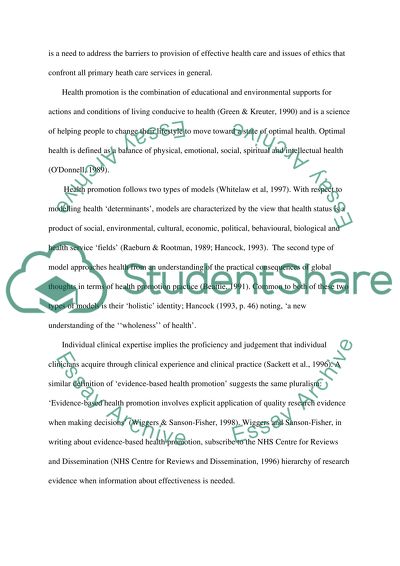Cite this document
(“Sexual Health Promotion: Young People Assignment”, n.d.)
Sexual Health Promotion: Young People Assignment. Retrieved from https://studentshare.org/health-sciences-medicine/1534386-sexual-health-promotion-young-people
Sexual Health Promotion: Young People Assignment. Retrieved from https://studentshare.org/health-sciences-medicine/1534386-sexual-health-promotion-young-people
(Sexual Health Promotion: Young People Assignment)
Sexual Health Promotion: Young People Assignment. https://studentshare.org/health-sciences-medicine/1534386-sexual-health-promotion-young-people.
Sexual Health Promotion: Young People Assignment. https://studentshare.org/health-sciences-medicine/1534386-sexual-health-promotion-young-people.
“Sexual Health Promotion: Young People Assignment”, n.d. https://studentshare.org/health-sciences-medicine/1534386-sexual-health-promotion-young-people.


